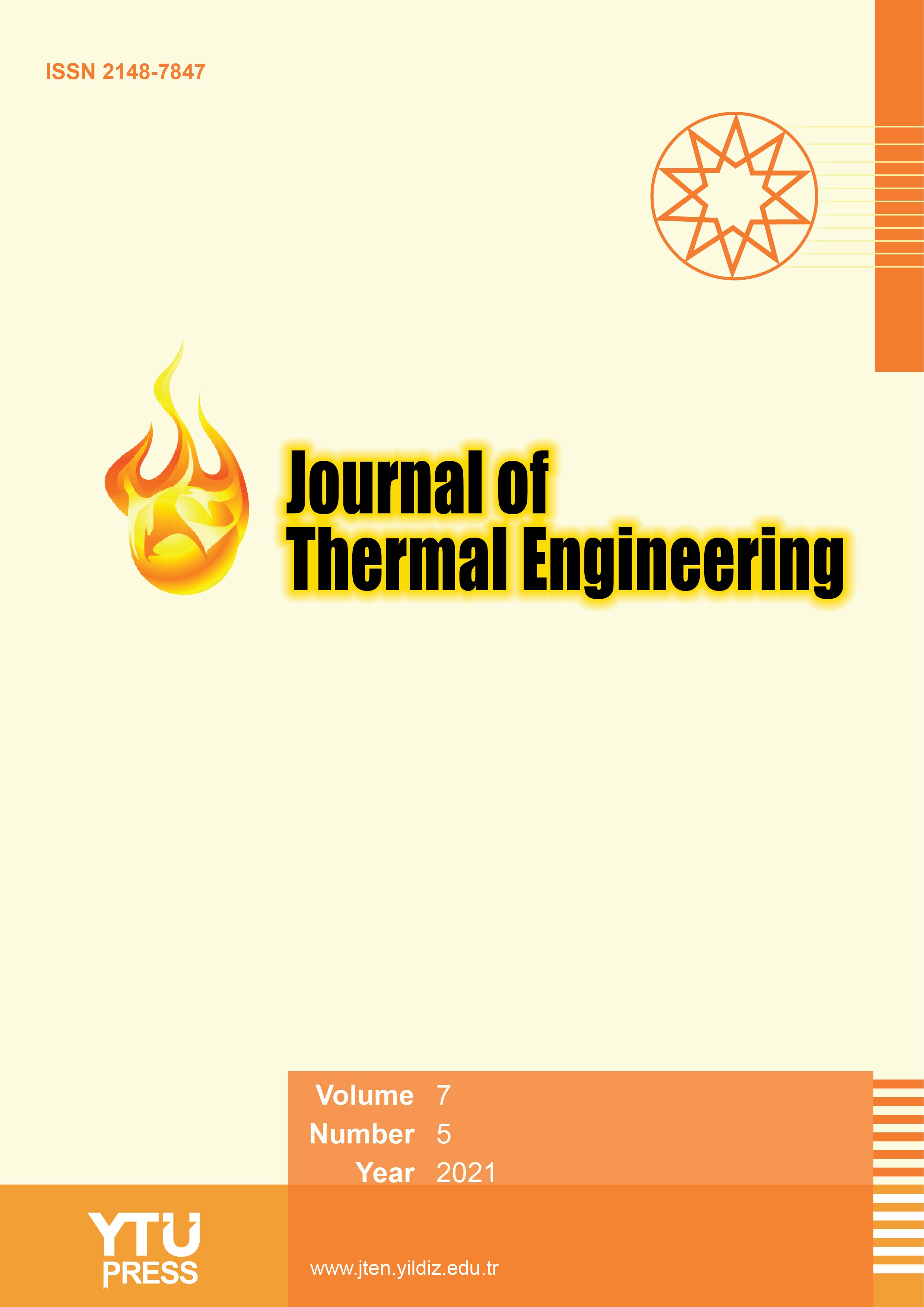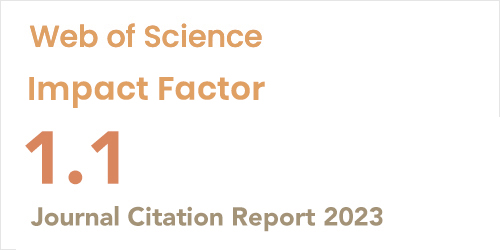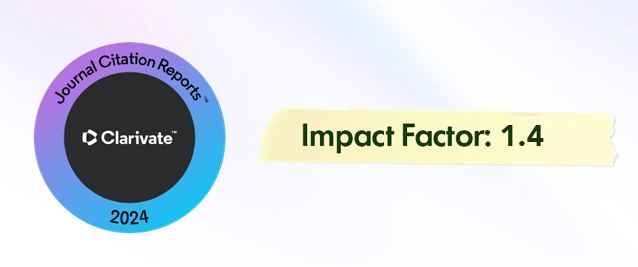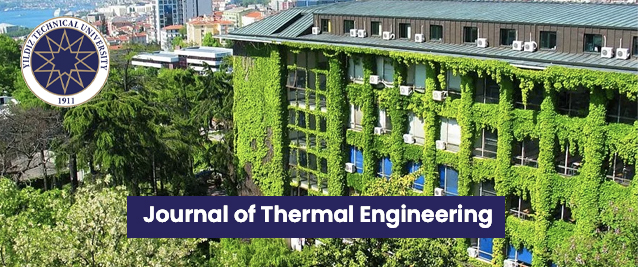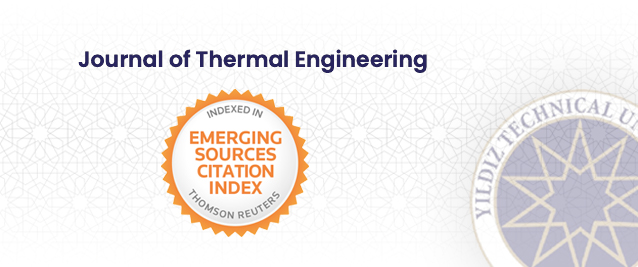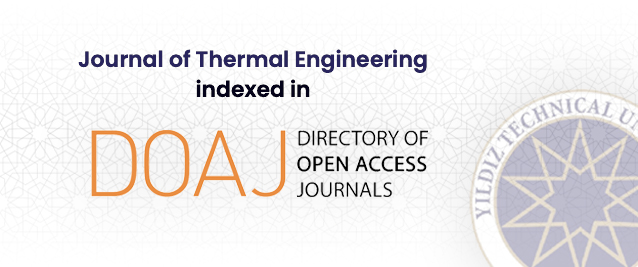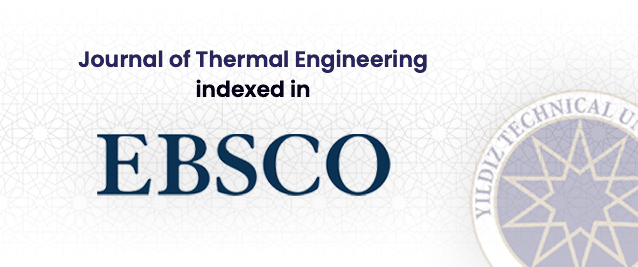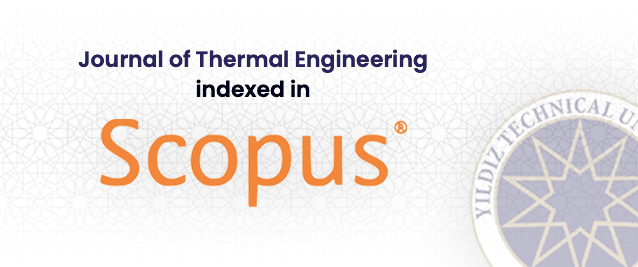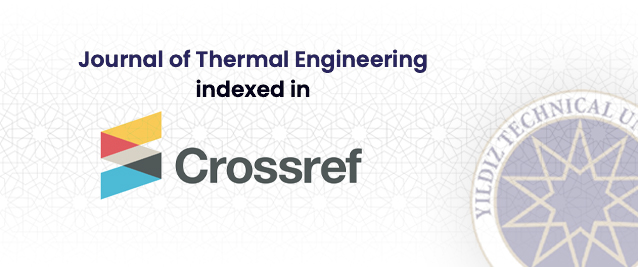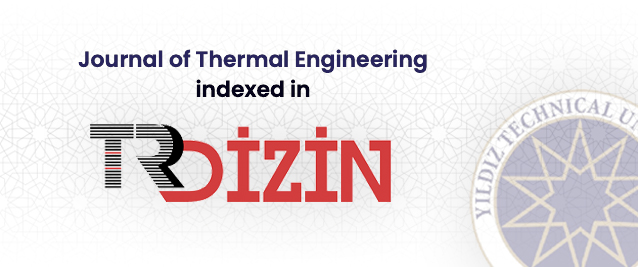2Department of Industrial and Energy Engineering, Egerton University, 536 - 20115, Kenya
3Department of Energy, Gas and Petroleum Engineering, Kenyatta University, 43844-00100, Kenya, Department of Industrial and Energy Engineering, Egerton University, 536 - 20115, Kenya
Abstract
Despite its efficiency, pressure cooking is characterized by two primary energy losses: direct steam release during whistling and convection heat loss to the surroundings. The study fo-cused on reducing energy losses during pressure cooking. The study experimented to deter-mine the effect of each modification on pressure cooker energy efficiency. Ceramic wool in-sulation and automation for zero steam release modifications to an ordinary pressure cooker were used interchangeably. The experiment’s controls were an ordinary induction-powered pressure cooker and an electric pressure cooker powered with a resistive element. The energy consumption and standby cooking time were measured, and efficiency was calculated. Insu-lation improved standby cooking time and energy efficiency by 100% and 3.3%, respectively, whereas automation alone increased energy efficiency by 196%. Combining insulation and automation increased energy efficiency by 200%. The insulated automated pressure cooker had an efficiency of 93%, which was close to the electric pressure cooker’s 95%; both com-bined insulation and automation. It was discovered that a combination of insulation and au-tomation eliminates major pressure-cooking losses, including convection and direct steam thermal energy. This reduces the amount of energy consumed while cooking, thereby increas-ing energy efficiency. This will significantly reduce the cooking carbon footprint, reducing the demand for fuel wood from forests. This will save forests, thereby combating climate change and improving environmental sustainability. The novel aspect of this study is that it investi-gated each effect of zero-steam release and thermal insulation pressure cooker modification on energy efficiency. This has reduced thermal energy waste and increased energy efficiency, adding to the body of research knowledge in the field of thermal engineering. This study is significant because it will spur efforts to improve energy efficiency in cooking, lowering the carbon footprint.


